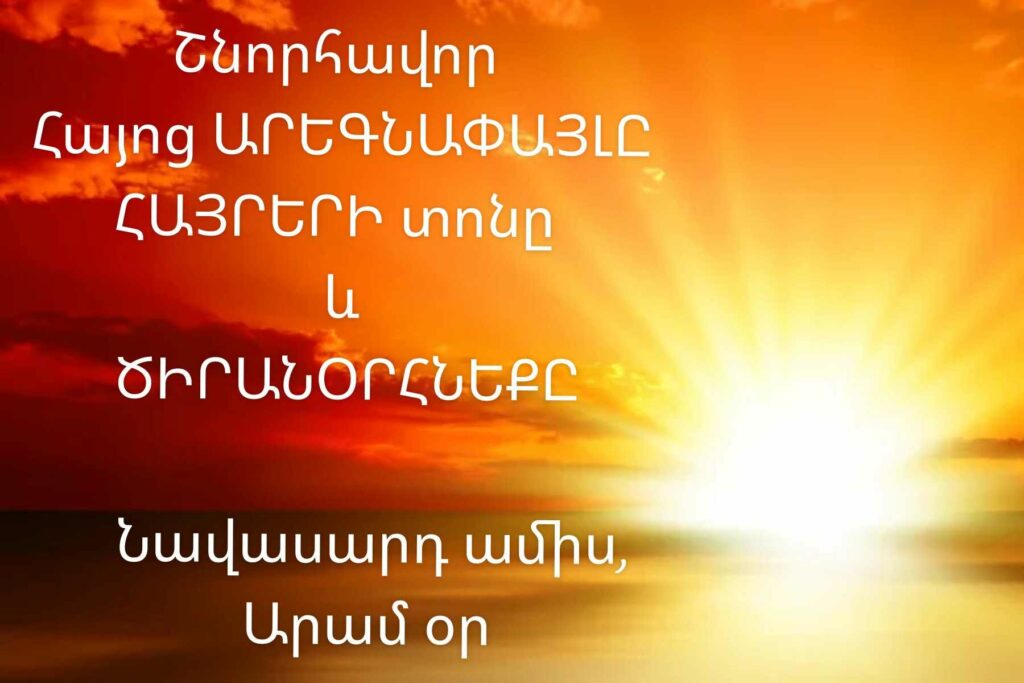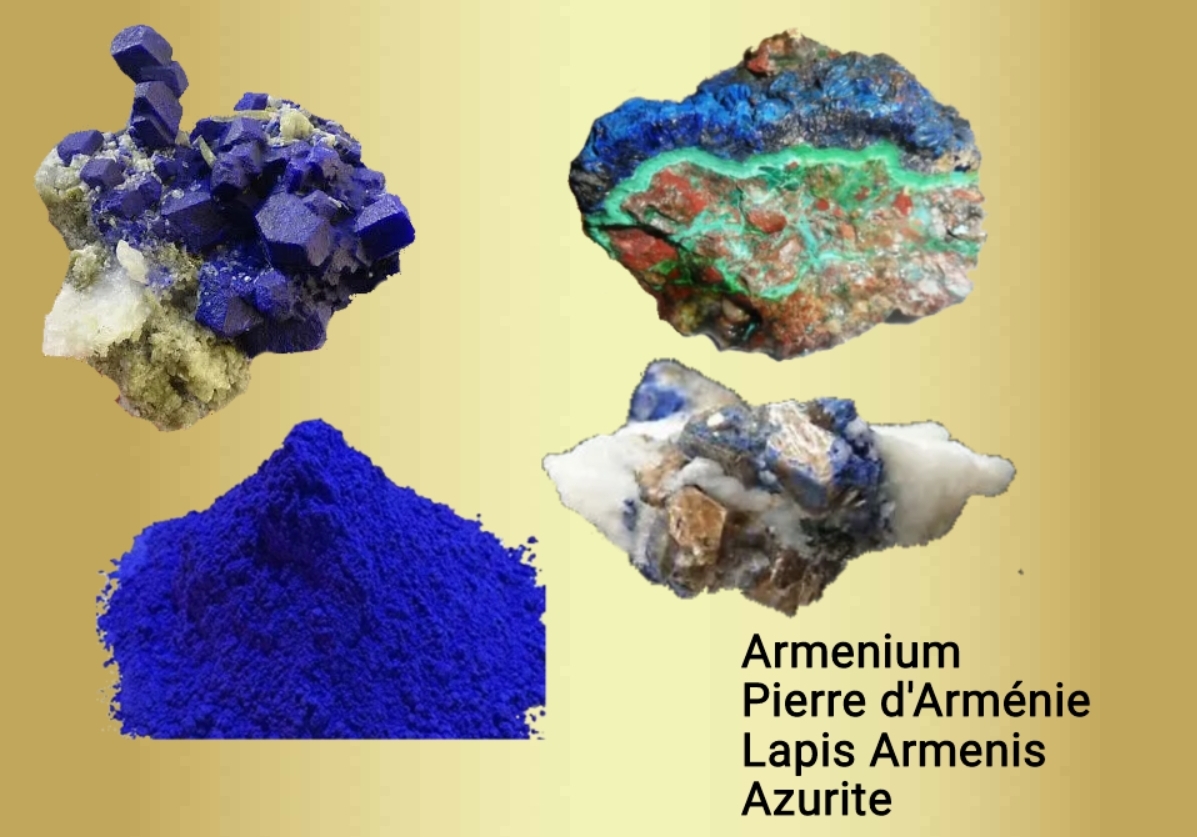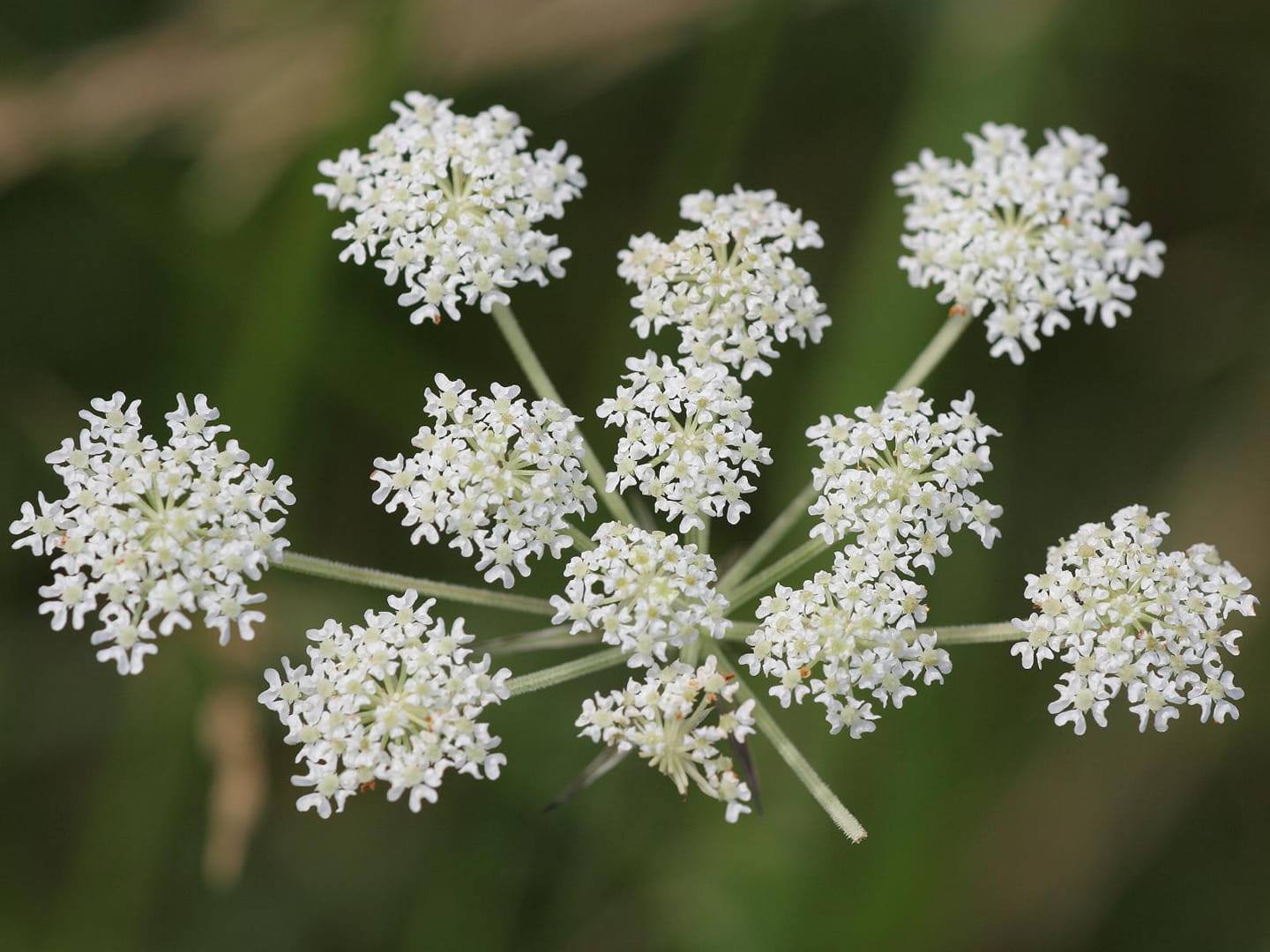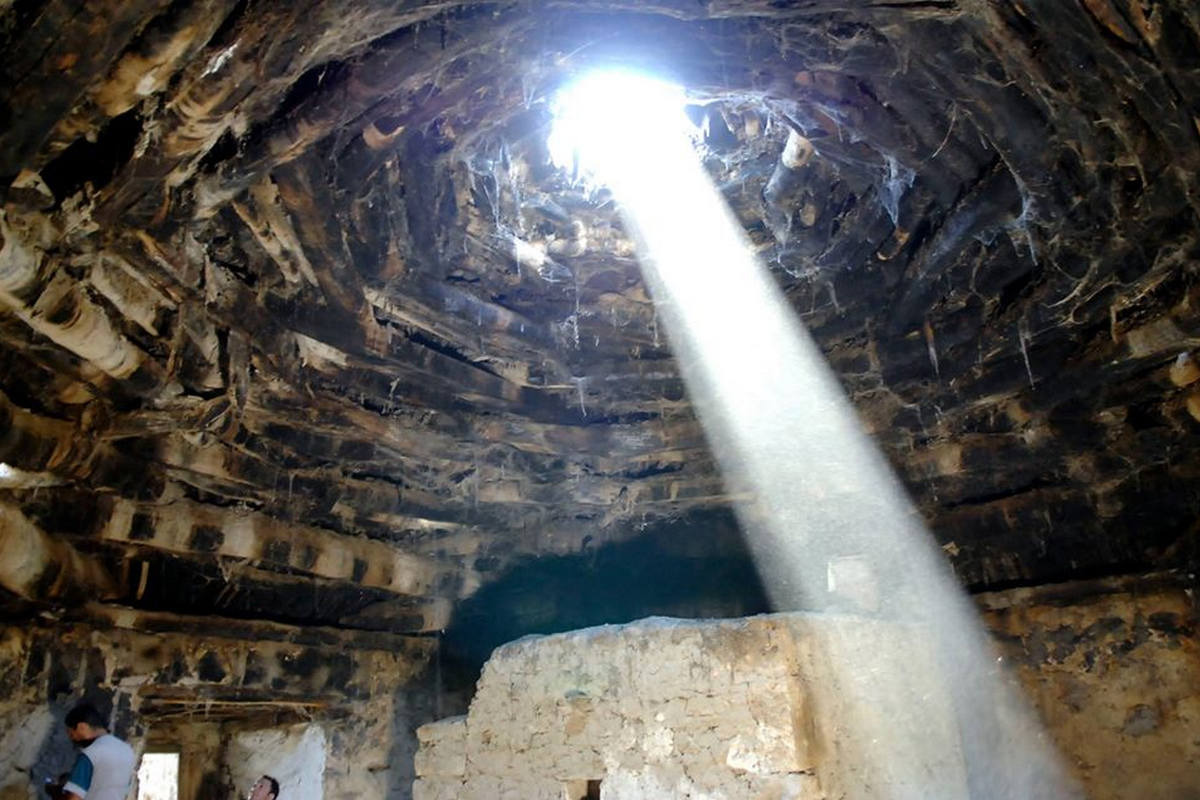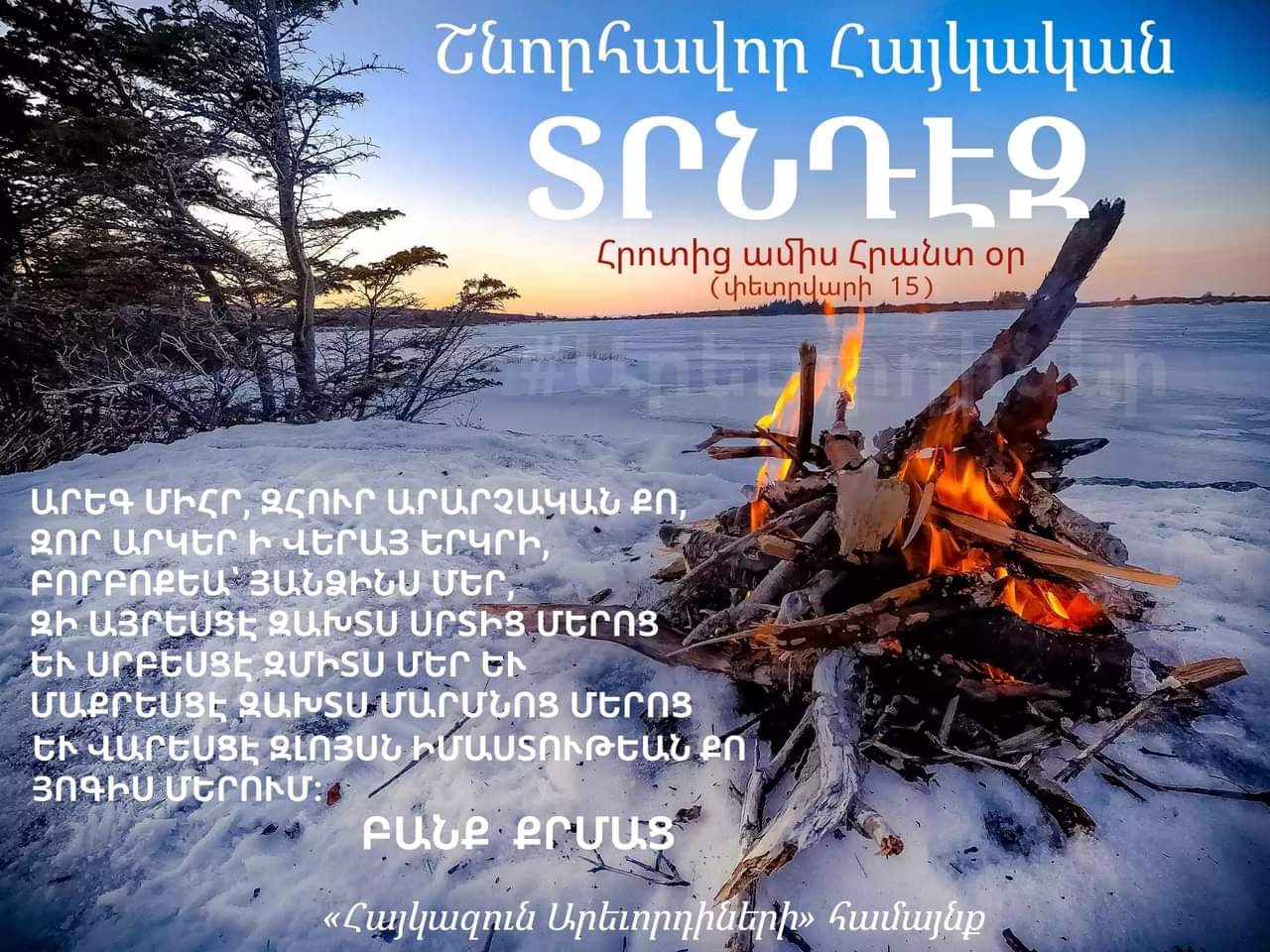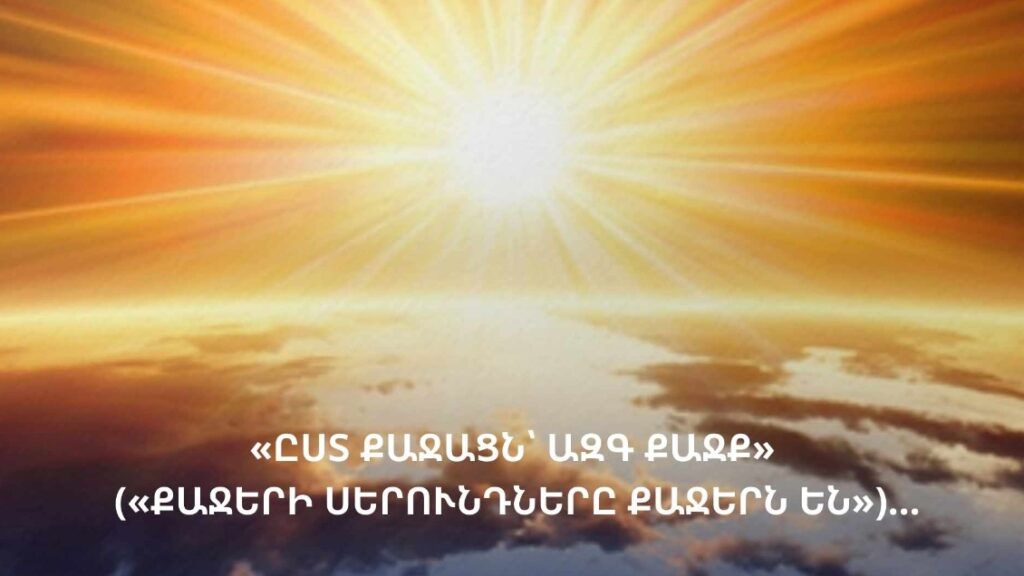
From ancient times, nations have glorified their ancestors—Fathers, Forefathers, and their deeds—immortalizing their heroics through stories and myths passed down from generation to generation.
Many of these epic narratives, transmitted orally, have undergone changes over time, yet they have always preserved their spirit and essence, inspiring generations.
“The memory of great men is no less important to us than their living presence,” declared the wise of the ancient world.
In the Armenian calendar, during the Festival of the Sun, on the day of Aram in the month of Navasard, the mighty, wise, and caring Fathers of Armenia are honored. On the day of Mazdaz in the month of Tre (September 22), it is the Festival of the Wise Patriarchs, and on the day of Aram in the month of Arats (November 18), the day is dedicated to the righteous and just Kings who enriched and cultivated the land.

Referring to the devoted leaders of the Armenian nation, Khorenatsi eloquently testifies to the profound love that the Haykazuni dynasty held for their glorious ancestors.
“This man (Haykian Aram), being diligent and patriotic, as the same historian shows, considered it better to die for the homeland than to witness foreign peoples trample upon the borders of his country, and see strangers rule over his blood relatives.”
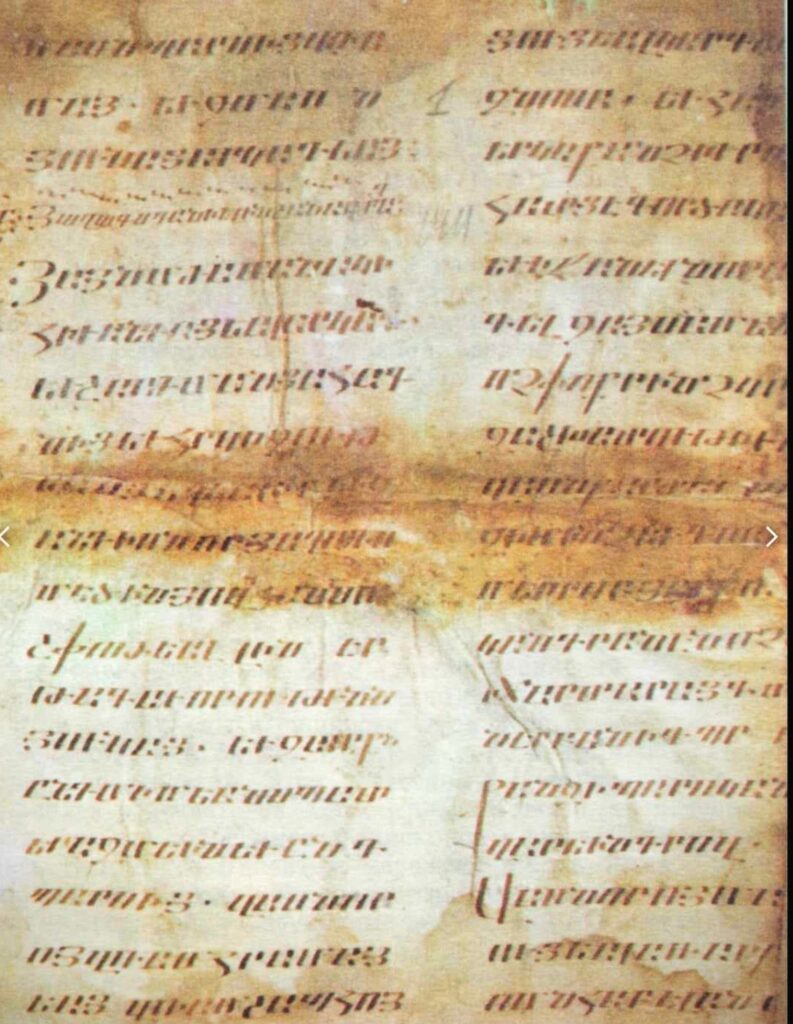
“This Aram, shortly before conquering the Assyrians of Ninos and Nineveh, having been oppressed by the neighboring nations, gathered a multitude of his brave, skilled archers and kin—about fifty thousand men. Among them were many strong young spearmen, well-trained, courageous, and skilled in warfare.
He encountered the warriors of the Medes near the borders of Armenia, led by a certain Nyukar Mades, a proud and war-loving man, as the same historian shows. Once, like the Kushans, they ravaged the borders of Armenia with their hooves, and Mades subjected Armenia to his rule for two years.”
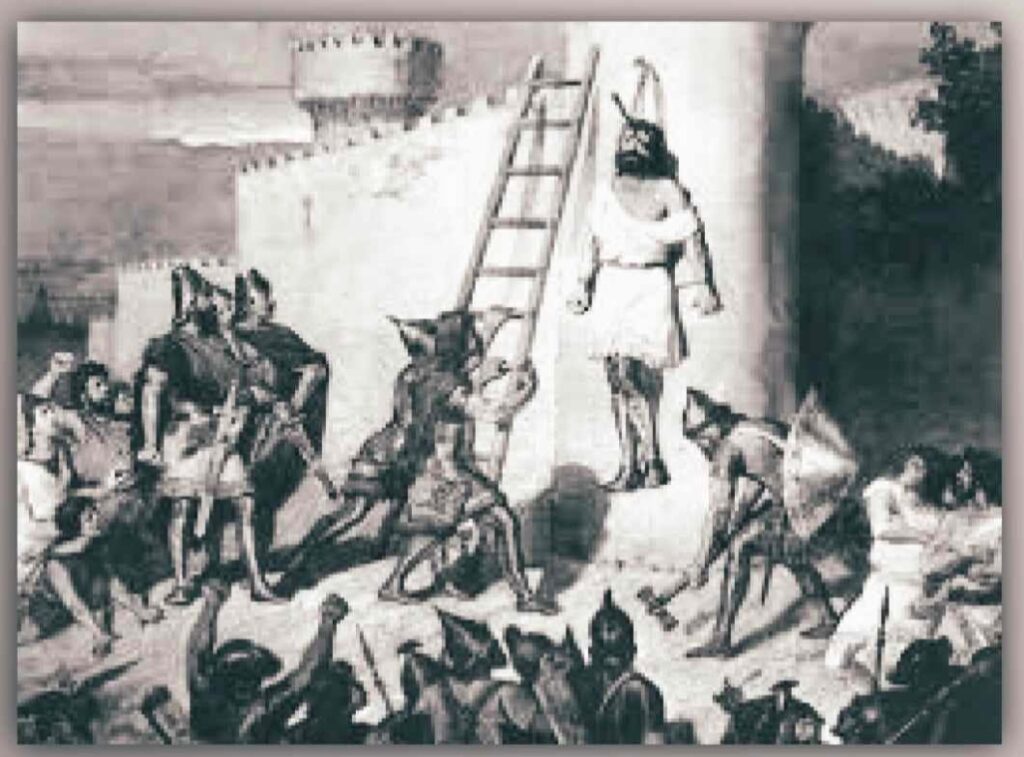
Aram, launching a sudden attack before sunrise, slaughtered a large number of Nyukar’s troops. He captured Nyukar himself, also called Mades, and brought him to Armavir. There, he ordered that Nyukar be nailed to the wall at the top of a tower, driving an iron stake into his forehead, displaying him to passersby and all who came. Aram then subjugated Nyukar’s land up to the mountain called Zarasp, making it pay tribute until the reign of Ninos over Assyria and Nineveh.
Regarding Tigran Ervanduni, the same historian Khorenatsi writes: “But let us now proceed to write about Tigran and his deeds, for he was the mightiest and wisest of our kings, and the bravest of them all. He assisted Cyrus in overthrowing the Median rule and, for quite some time, subdued the Greeks, bringing them under his control. By expanding our borders, he extended them to the furthest reaches of our ancient territories.
He became the envy of all his contemporaries and, to us who came after, both he and his era remain highly esteemed. He rose as a leader among men, demonstrating bravery, elevating our nation, and turning us, who were once under the yoke, into those who placed the yoke on many others and demanded tribute.”
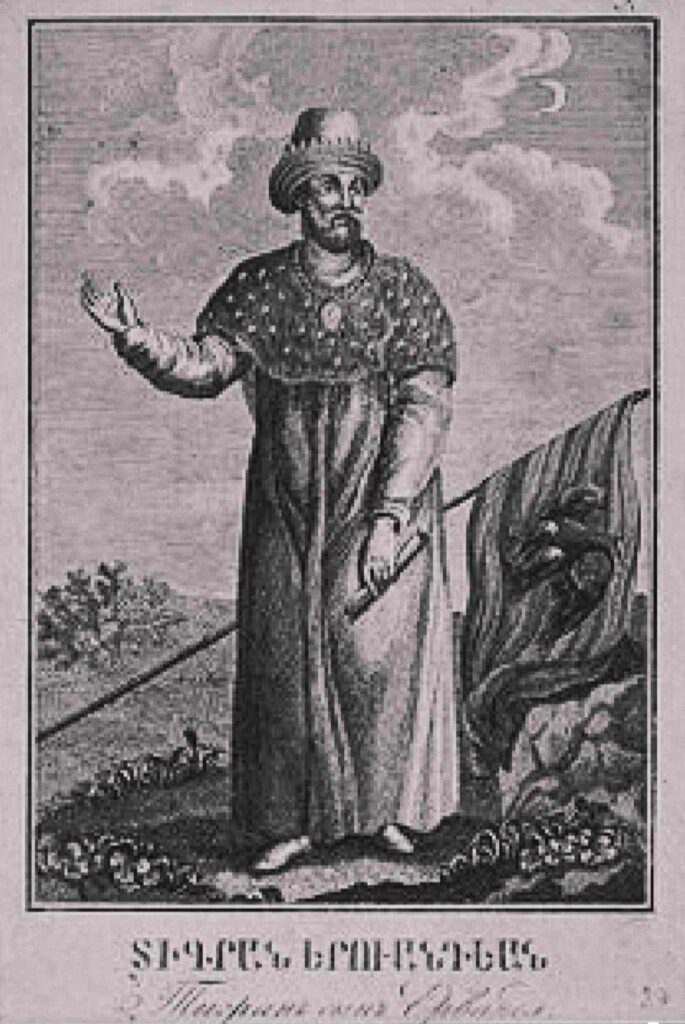
“This and many other such things were brought to our land by this fair-haired Tigran of the Yervanduni dynasty, with curly tips of his hair, a colorful face, a sweet gaze, strong calves, beautiful feet, well-built and broad-shouldered, temperate in food and drink, moderate in celebrations, wise and eloquent, and full of all the qualities that are fitting for a man.”
In Classical Armenian (Grabar): “These and many other such things were brought to our land by this fair-haired and curly-tipped Yervanduni Tigran, colorful of face and sweet-eyed, strong of body and broad-shouldered, upright in speech and graceful in form, temperate in food and drink, moderate in celebrations, of whom the ancients, who sang in praise, said that even in bodily desires, he was measured. He was wise and eloquent, and in all things that benefit mankind, he excelled.”
“For this reason, I love to call by valor these names—Hayk, Aram, Tigran. For it is the brave who are born of the brave. As for those in between, let them be called as each sees fit. But from a mythological perspective, our claim is also true.” (Khorenatsi, Book One, Section 51)
